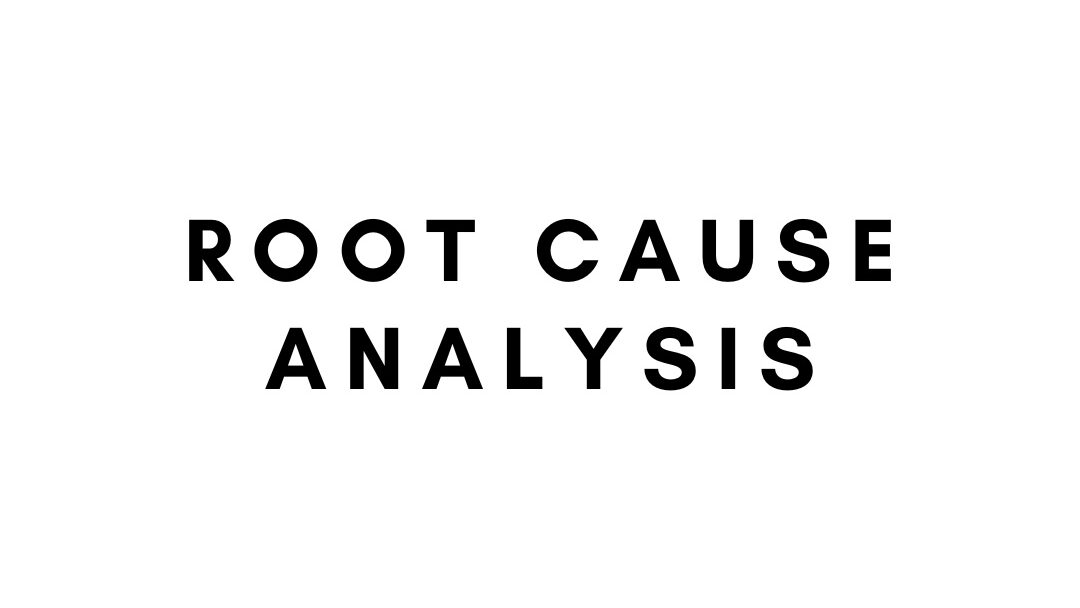How to create a Robust Root Cause Analysis (RCA): A Guided Walkthrough with an Example

A Root Cause Analysis (RCA) is a vital component of the post-incident process. It provides valuable insights into the nature of an incident and defines actionable steps to prevent recurrence. This blog post will outline the structure of an effective RCA, complete with a sample analysis.
The RCA provides a structured framework for identifying the ‘why’ behind an incident. It goes beyond merely documenting the ‘what’ and ‘how’. RCA is not about pointing fingers or assigning blame but gaining insights into the system behavior during an adverse event, improving system resilience, and fortifying incident response strategies.
Crafting an RCA: Guidelines
An RCA should follow a comprehensive format to ensure it effectively captures the essence of the incident and its handling. Here’s a breakdown:
1. Introduction: Start with the incident’s name, date, authors involved, and current status. This section serves as an incident identifier.
2. Summary of the Incident: Provide a concise account of the incident. This section should describe the affected service, downtime, and the factors leading to the failure.
3. Impact Assessment: Evaluate the impact, detailing the number of users affected, financial implications, and overall effect on operations.
4. Root Causes: Pinpoint the reasons behind the incident. This could be a code error, a sudden traffic surge, human error, or a combination.
5. Trigger: Document what initiated the incident.
6. Resolution: Describe the immediate steps to rectify the issue and long-term measures for future prevention.
7. Detection: Mention how the incident was identified.
8. Action Items: List the future preventive measures, with clear owners and deadlines. These items should be tracked to ensure they are completed.
9. Lessons Learned: Detail the insights gained from the incident, focusing on what went well, what didn’t, and elements of good fortune.
10. Timeline: Detail the incident’s timeline, from detection to resolution.
11. Supporting Information: Include screenshots, logs, or documentation links to support your analysis.
Remember, the goal of an RCA is continuous improvement and transparency in your process.
RCA Example: E-commerce Checkout Incident
Let’s illustrate this with an example of an RCA for a hypothetical e-commerce checkout incident.
**Incident**: E-commerce Checkout Incident (#743) **Date**: 2023-06-03 **Authors**: jane_doe, johnd, acoder **Status**: Complete, action items in progress **Summary**: The e-commerce checkout process was unavailable for 34 minutes during peak shopping hours due to a bug in the pricing module. **Impact**: Estimated 6,500 transactions lost, with a potential revenue impact of approximately $130,000. **Root Causes**: A new discount algorithm, introduced into the pricing module, caused a type mismatch error which led to the unavailability of the checkout process. **Trigger**: The issue was triggered when the new discount algorithm was unable to handle bulk product transactions, leading to a system failure. **Resolution**: Reverted to the old discount algorithm to restore the service quickly. The bug in the new discount algorithm is being isolated and fixed. **Detection**: The outage was initially detected by user complaints and then confirmed by internal monitoring systems indicating a spike in HTTP 500 errors from the checkout service. **Action Items**: - Review and fix the new discount algorithm (prevent, jane_doe, 2023-06-10) - Introduce a robust exception handling mechanism in pricing module (prevent, acoder, 2023-06-12) - Enhance monitoring for checkout process to detect failure faster (detect, johnd, 2023-06-07) **Lessons Learned**: - Quick detection and confirmation of the issue due to user alerts and monitoring systems. - Immediate rollback to the previous stable version minimized the outage duration. - Lack of comprehensive testing for the new discount algorithm. - Insufficient monitoring of the checkout process. **Timeline**: - 17:00 New discount algorithm deployed - 17:20 Users started reporting checkout failures - 17:23 Monitoring systems confirmed the rise in HTTP 500 errors from the checkout service - 17:25 INCIDENT BEGINS, Jane Doe declares incident #743 - 17:30 Identified the error related to the pricing module - 17:45 Rollback initiated to the previous version of the pricing module - 17:54 Checkout service restored to normal function - 18:28 INCIDENT ENDS, 30 minutes of nominal performance confirmed **Supporting Information**: Monitoring dashboard link: https://monitor/checkout?end_time=20230603T182800&duration=5400
The RCA’s purpose is to learn and improve, emphasizing transparency and accountability. By following the RCA structure, your organization can better understand incidents when they occur and how to prevent their recurrence, leading to improved resilience and reliability.